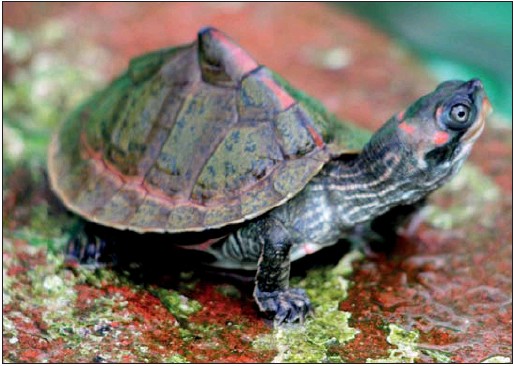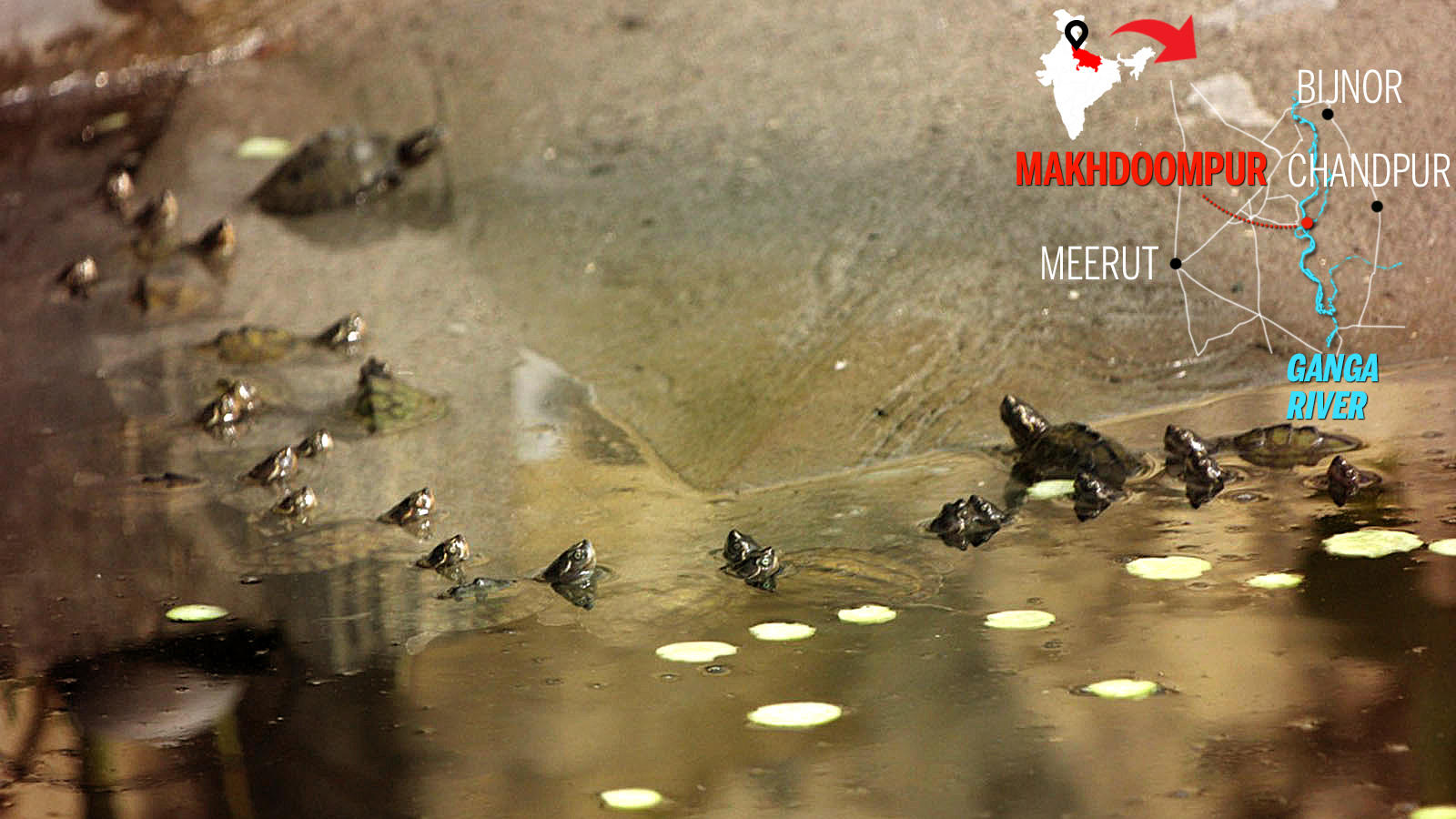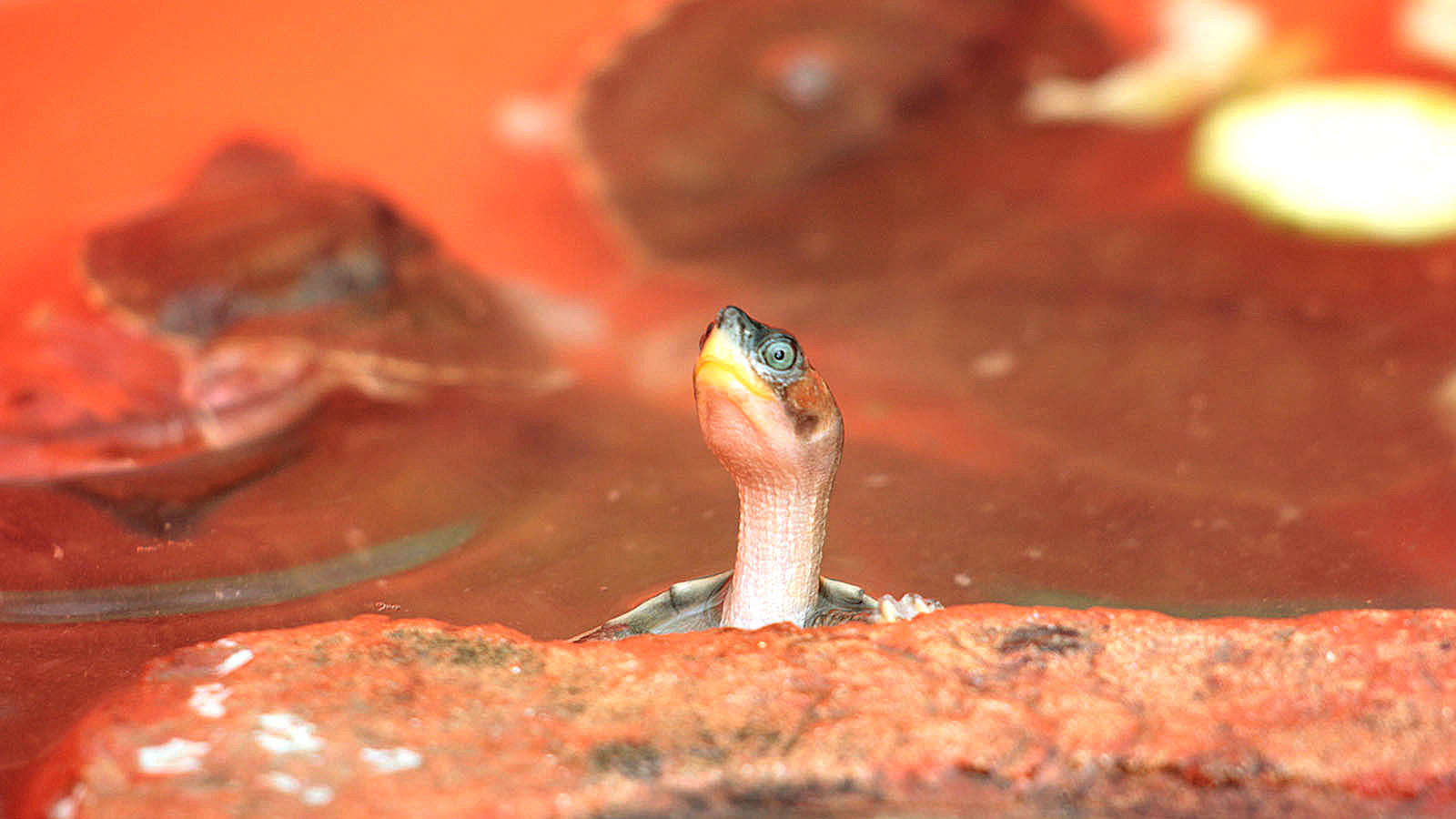- BY tictac
- POSTED IN Jungle News
- WITH 0 COMMENTS
- PERMALINK
- STANDARD POST TYPE

MEERUT: Sixty-four-year old Bheema is a resident of Makhdoompur village on the banks of the Ganga near Hastinapur Wildlife Sanctuary. He has no illusions about the difficult life his fellow villagers and he have to navigate. But Bheema and others like him have found a new outlet for their faith and hopes — saving turtles in the river.

“Our lives go by struggling with problems. At least they should survive,” said Bheema, standing at the riverbank early in the morning, looking out at the Ganga.
While community participation has been the key behind conservation success stories in the country, saving turtles has taken on the form of a religious mission for villagers near Hastinapur. Every season, freshwater hardshell turtles lay eggs along the riverbank snaking past 50 of these villages. With the aid of hundreds of farmers like Bheema, more than 3,000 turtles have been saved and released into the Ganga in five years.
“The Ganga is our mother. These turtles clean the river, and eventually our mortal remains will be assimilated here. By saving the turtles, we are saving our goddess,” said Pritam Kumar, also from Makhdoompur

Villagers first spot the eggs after laying season begins in late November. They inform the WWF team and help transport the eggs to hatcheries. They then guard the eggs till they hatch in April, a process which continues till June. The hatchlings after that are moved to a nursery in forest department office premises 10 km from the river in Hastinapur. In November-December, the turtles are released in the Ganga by villagers and their children.


